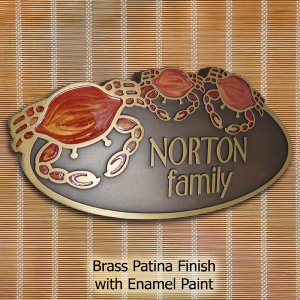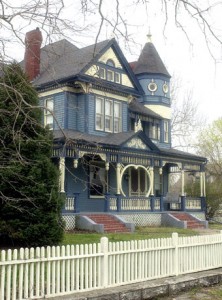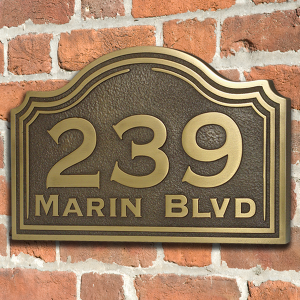Today we are proud to introduce our new Nautical-themed collection of signs. You can check out the collection here. There are a lot of top signs in this group, but I have to say (as a Maryland native) my favorite is the crab plaque followed by the whale house numbers plaque— one of our most unique signs. If you are a fisherman, outdoors-man, whale lover, fish keeper, or sailor—then you are sure to find something very appealing in this new category. Swing on by and give it a look!
To celebrate this new nautical themes category, I bring to you the top 5 longest living sea animals on Earth.
#5) The Lake Sturgeon. Lake Sturgeons are the longest living freshwater fish on earth, often eclipsing 100 years of age. These fish once massively populated the great lakes, but due to overfishing and stunningly slow sexual development (30 years) they are now protected by DNR agencies.
#4) Rougheye Rockfish. This small fish (38 in.) has an average lifespan of 20 years.Researchers say that if given the proper situations, it can live up to 140 years. Why then, does it only live to 20 on average? Because it suffers from the 3 S’s: slow, small, and stupid.
#3) Red Sea Urchin. The porcupine of the ocean. Red sea urchins can vary in color from red to dark burgundy. They have no visible face, instead hiding beneath their spikes where their mouth and teeth reside. Urchins have been known to live for over 200 years.
#2) Bowhead Whale. The bowhead whale is considered to be the second most massive animal on the planet (second to the blue whale) and is the world’s longest living mammal, living from 150-200 years. Estimates report a former population of around 50,000, but due to whaling that number has been slashed in half.
#1) The Ocean Quahog. A clam. The Ocean Quahog is known to live for up to 400 years. Certainly a very long time for such a boring animal. To put the quahog’s lifespan in perspective, if a quahog reached its life expectancy today (and died) it will have been alive for about 150 years when the American Revolution started.














